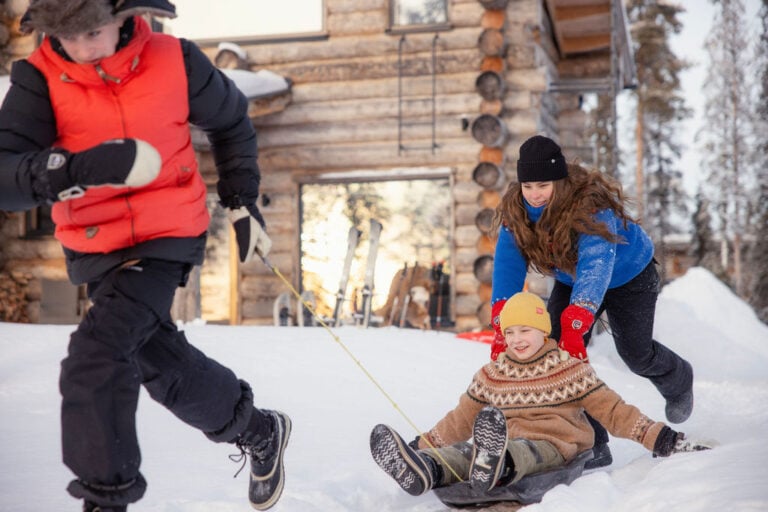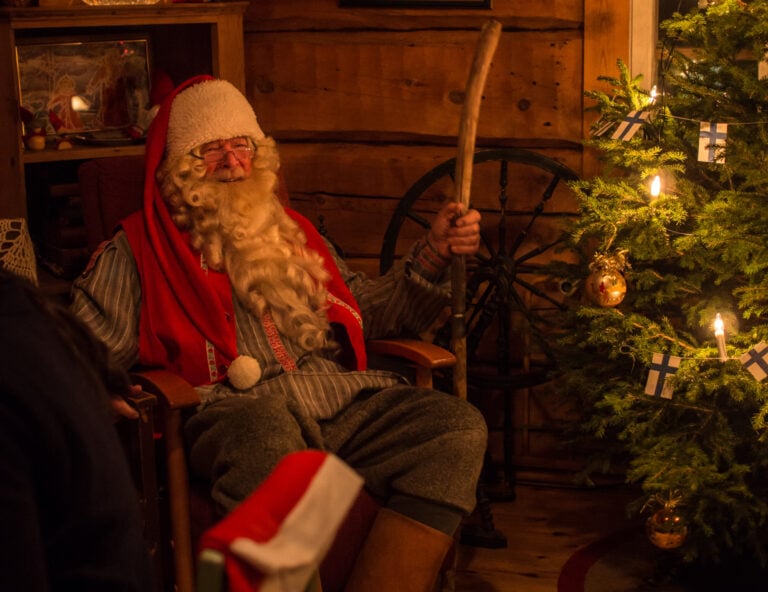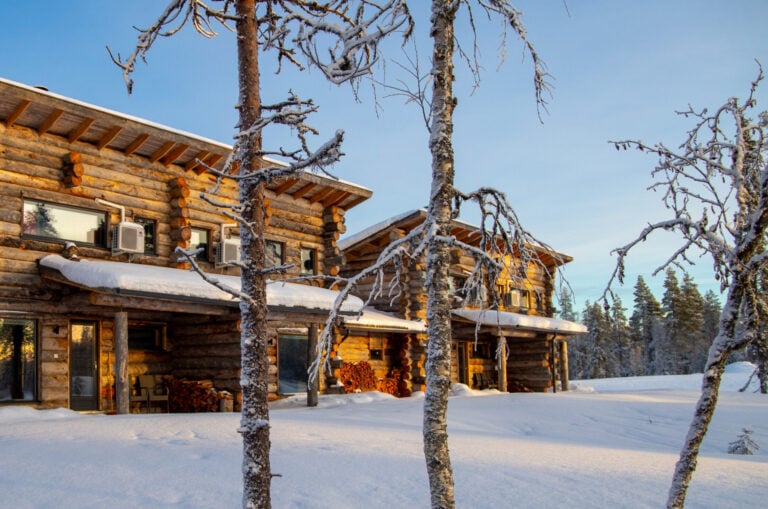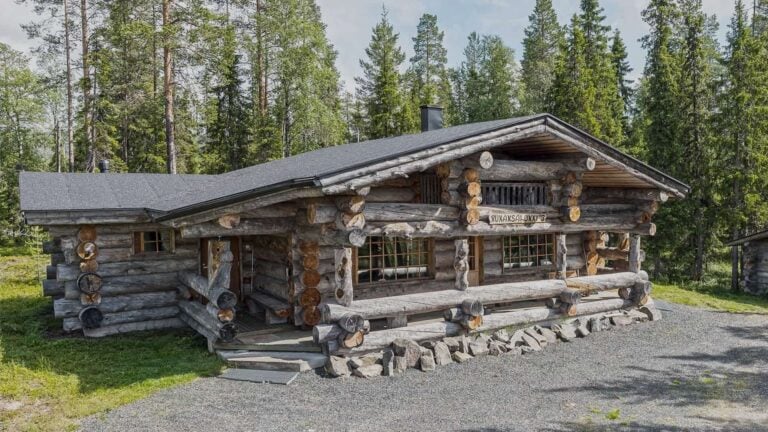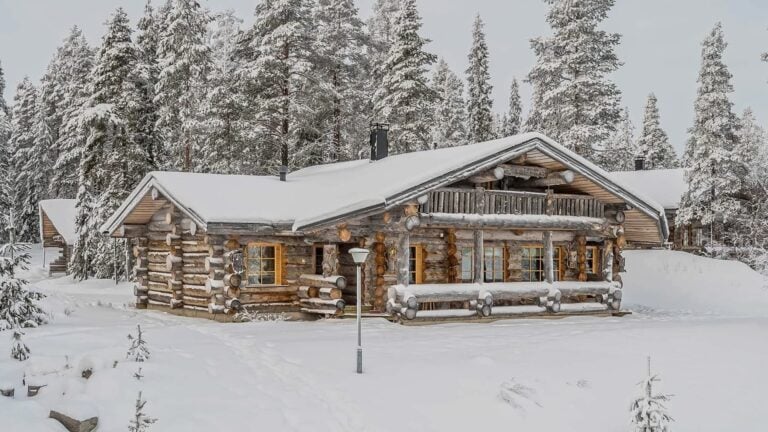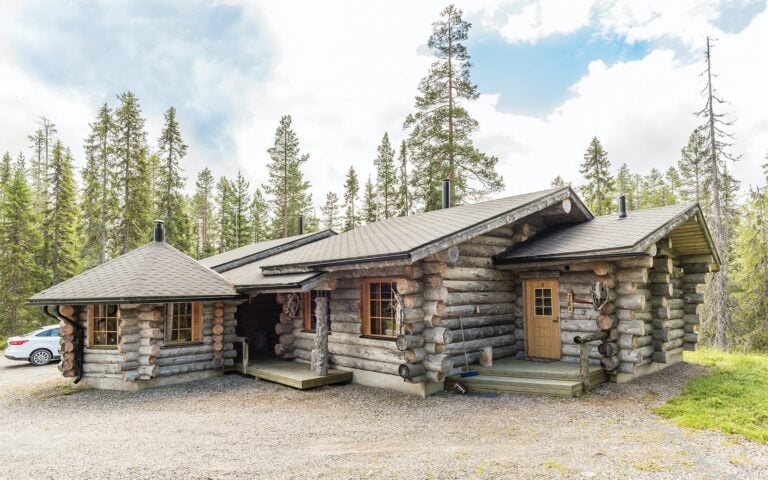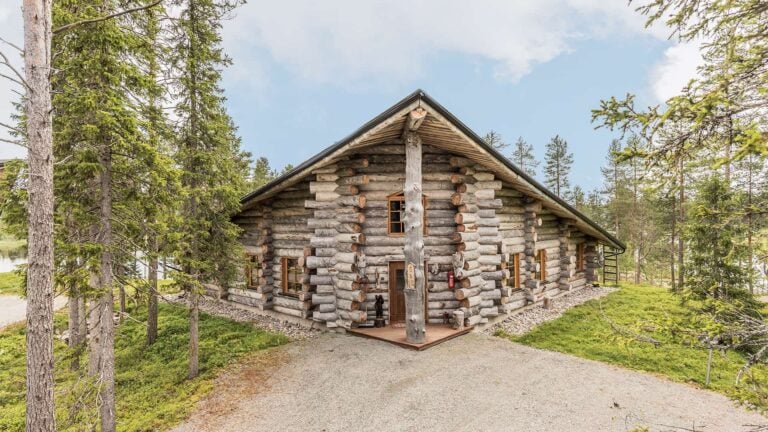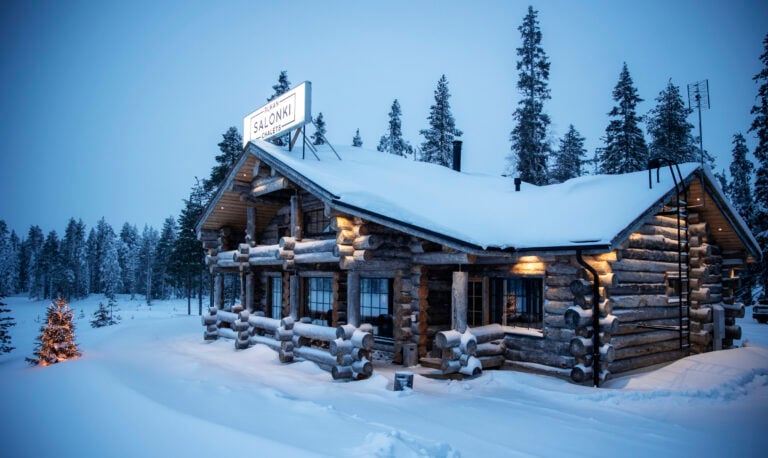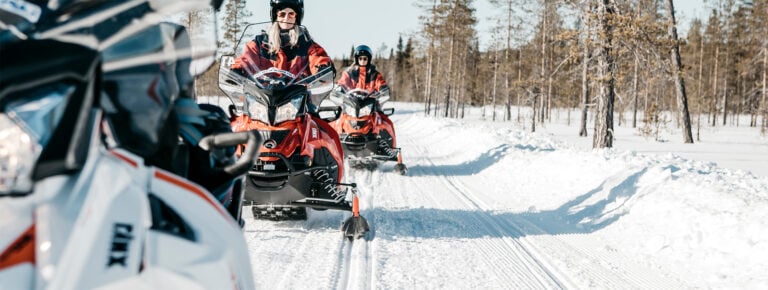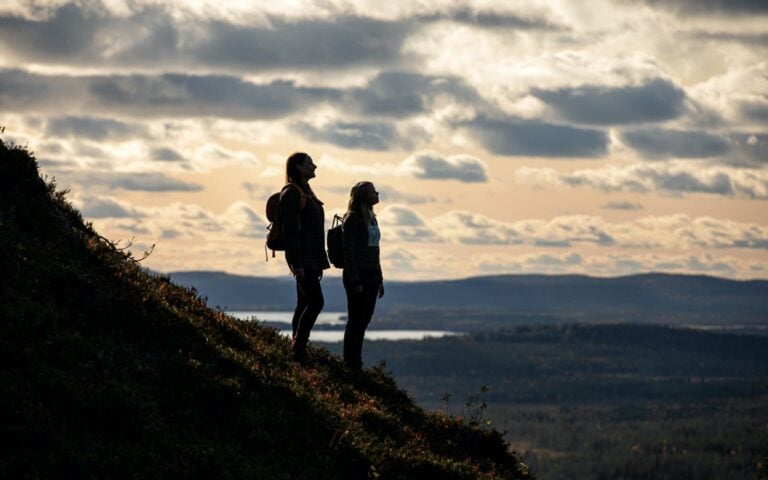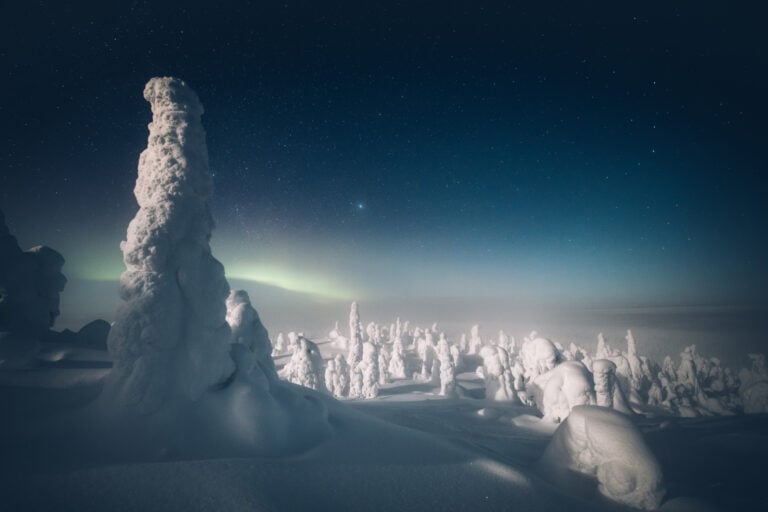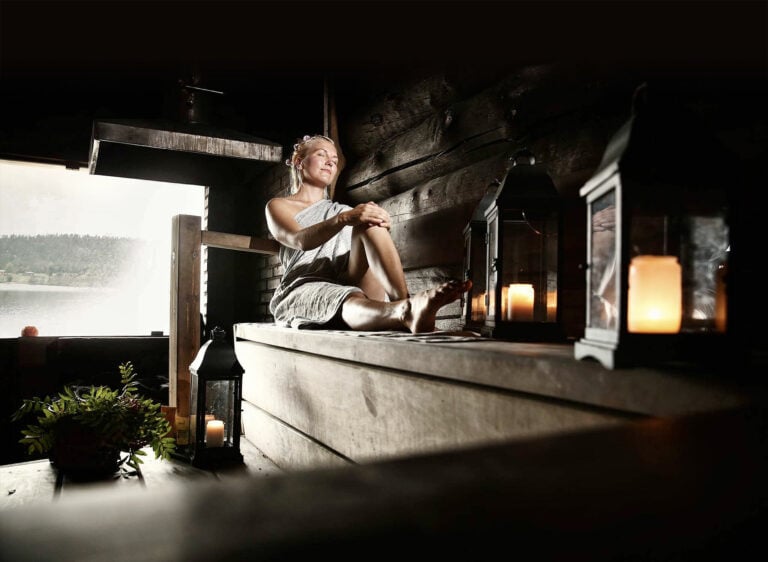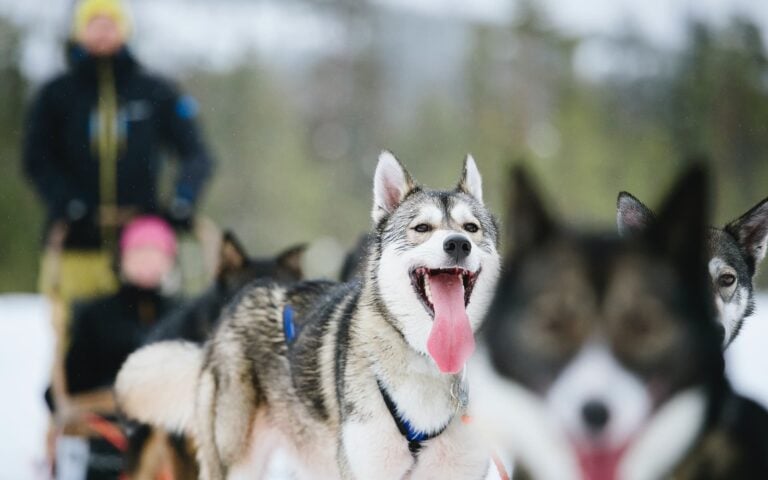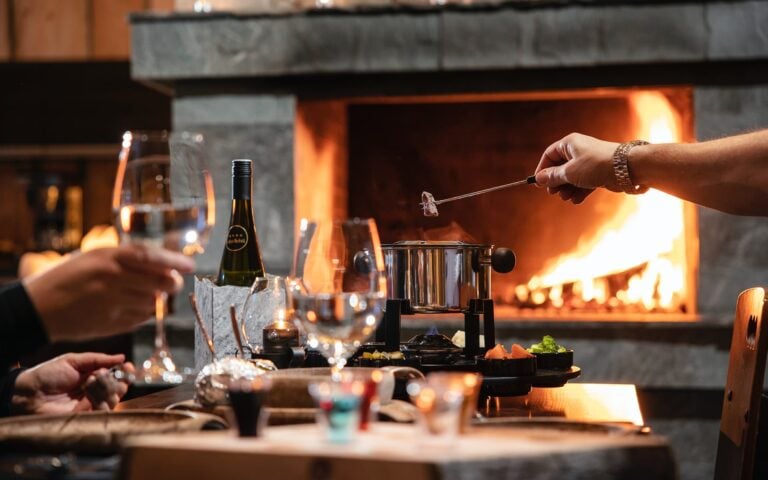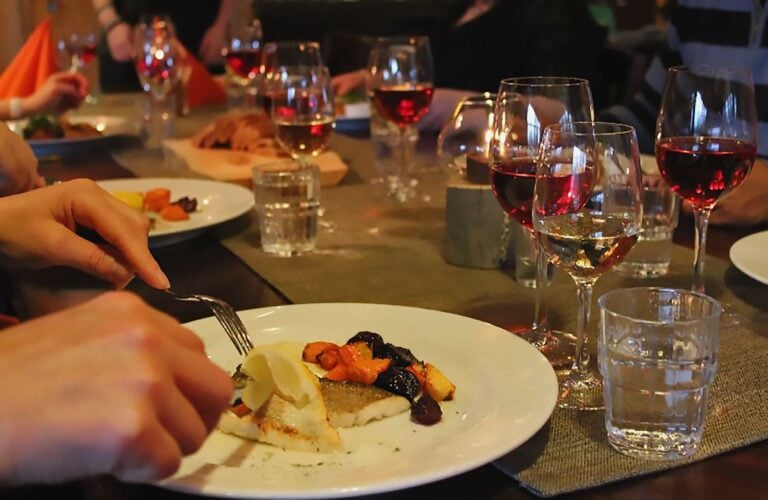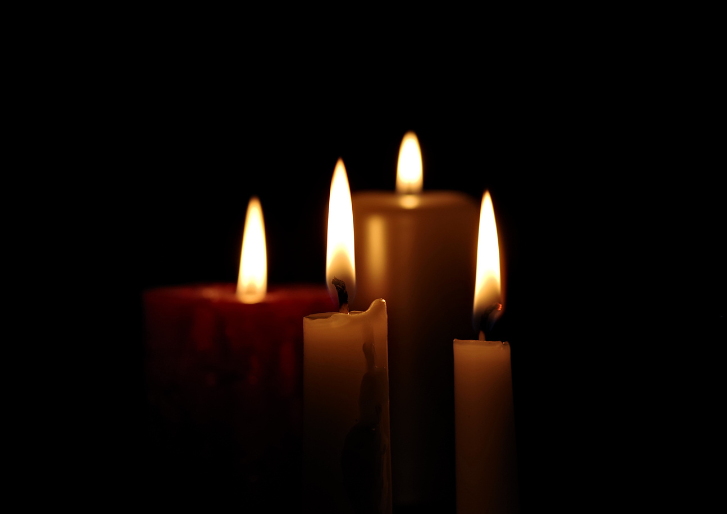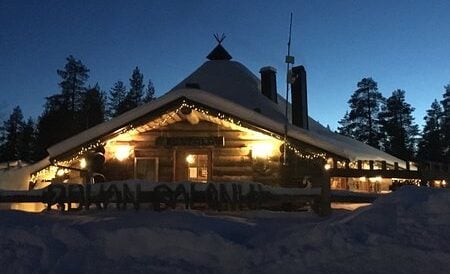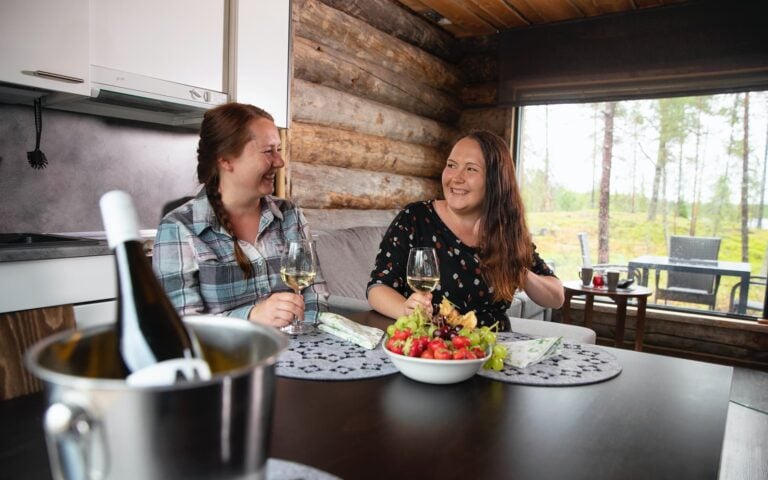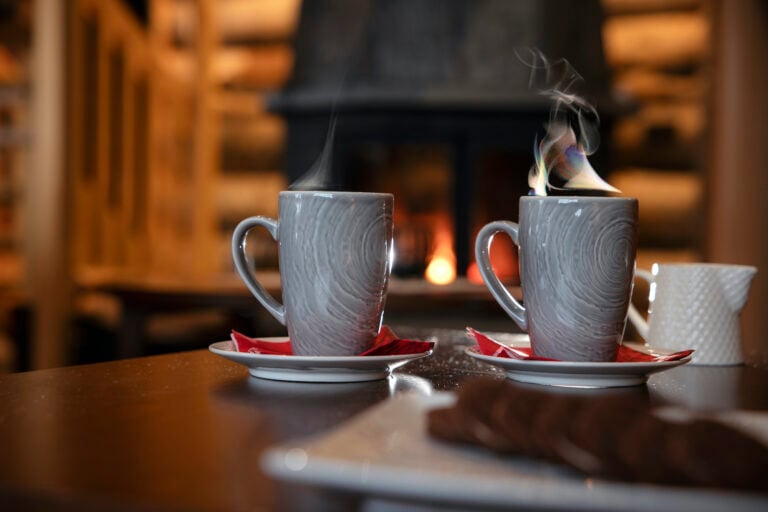Best Time to Visit Santa’s Village in Lapland: Seasonal Guide
Planning the perfect journey to Santa’s Village Lapland requires understanding the unique characteristics of each season in Finnish Lapland. From the magical winter wonderland where Northern Lights dance across snow-covered landscapes to the endless daylight of summer’s midnight sun, each season offers distinct experiences for visitors seeking authentic Arctic adventures. This comprehensive Lapland seasonal guide will help you determine the best time visit Lapland based on your preferences, whether you’re dreaming of traditional winter activities like dog sledding or seeking summer hiking opportunities under the endless Arctic sun.
Winter wonderland: December to March magic
The peak winter season transforms Santa’s Village Lapland into a magical Arctic playground where childhood dreams come alive. During these months, temperatures typically range from -10°C to -30°C, creating perfect conditions for snow-based activities and the mesmerising Northern Lights season that runs from late September through March.
Traditional winter activities reach their peak during this period. Dog sledding through pristine snow forests, snowmobiling across frozen lakes, and cross-country skiing become accessible daily adventures. The authentic Santa experiences are particularly enchanting when surrounded by deep snow and twinkling lights, making December especially popular for families seeking that perfect Christmas atmosphere.
Northern Lights visibility reaches optimal levels during the long polar nights, with December and January offering up to 20 hours of darkness daily. This extended darkness, whilst limiting daylight activities, creates unparalleled opportunities for aurora photography and winter stargazing. Many visitors find that staying in traditional log chalets enhances the winter experience, providing cosy retreats after days spent in the crisp Arctic air.
For those seeking comprehensive winter experiences, exploring winter activities and guided tours can help you make the most of this magical season. The winter months also offer excellent value for accommodation, particularly in January and February when tourist numbers decrease after the Christmas rush.
Spring awakening: April to May transition
Spring in Lapland presents a unique shoulder season opportunity with fewer crowds and moderate weather conditions. Temperatures begin rising above freezing, typically ranging from -5°C to +10°C, creating comfortable conditions for extended outdoor activities whilst maintaining some winter charm.
This transitional period offers exceptional wildlife viewing opportunities as Arctic animals become more active. The reindeer calving season begins in late April, providing visitors with rare glimpses of newborn calves in their natural habitat. Snow begins melting, revealing the underlying landscape and creating spectacular ice formations along rivers and lakes.
Accommodation availability increases significantly during spring months, often with reduced pricing compared to peak winter and summer seasons. Many visitors appreciate the balance between winter activities (still possible in early April) and emerging spring pursuits like hiking on snow-free trails and extended daylight hours that gradually increase towards the midnight sun period.
The spring season also marks the return of migratory birds to Lapland, creating excellent birdwatching opportunities. For those interested in photography, the combination of remaining snow, emerging vegetation, and dramatic lighting conditions provides stunning landscape opportunities.
Midnight sun season: June to August adventures
Summer in Finnish Lapland reveals an entirely different character, dominated by the phenomenon of the midnight sun where daylight persists for 24 hours daily. This unique natural occurrence transforms the region into an outdoor enthusiast’s paradise with endless opportunities for exploration and adventure.
Hiking becomes the primary activity during summer months, with numerous trails ranging from gentle forest walks to challenging fell climbs. The landscape transforms into a green wonderland dotted with wildflowers, making it perfect for nature photography and botanical exploration. Berry picking becomes popular in late July and August, with cloudberries, blueberries, and lingonberries abundant in the forests.
Fishing opportunities abound in Lapland’s pristine lakes and rivers, with midnight sun fishing becoming a unique experience where anglers can cast lines at any hour. Cultural festivals and events peak during summer months, offering visitors insights into Sami culture and traditional Finnish celebrations.
Family-friendly activities expand significantly during summer, with children able to participate in longer outdoor adventures thanks to comfortable temperatures and extended daylight. Many families find that exploring summer holiday packages provides excellent value and comprehensive activity options during this peak season.
Autumn colors: September to November experiences
Autumn in Lapland showcases nature’s most spectacular display as the landscape transforms into a brilliant tapestry of colours. The phenomenon known as “ruska” typically peaks in September, painting the fells and forests in vibrant reds, yellows, and oranges that create breathtaking photographic opportunities.
The Northern Lights return during autumn months, with September marking the beginning of aurora season. The combination of colourful foliage and dancing lights creates unique viewing experiences unavailable during other seasons. Comfortable temperatures, typically ranging from 0°C to +15°C, make extended outdoor activities pleasant without the extreme cold of winter.
Mushroom foraging becomes a popular activity during autumn, with various edible species abundant in Lapland’s forests. This traditional practice offers visitors authentic connections to local culture and cuisine. Hunting season also begins during autumn months, attracting visitors interested in traditional Nordic hunting experiences.
Accommodation during autumn often provides excellent value, with many properties offering special packages that include guided foraging tours and Northern Lights excursions. The season offers an ideal balance between comfortable weather conditions and authentic Arctic experiences.
What factors should influence your visit timing?
Choosing the optimal time for your Lapland adventure depends on several key personal factors that should align with your travel priorities and preferences. Understanding these elements will help you select the perfect season for your Santa’s Village Lapland experience.
Budget considerations play a significant role in timing decisions. Peak winter months (December-February) and summer months (June-August) typically command higher prices for both accommodation and activities. Spring and autumn offer substantial savings whilst still providing authentic Lapland experiences. Those seeking value should consider exploring accommodation options during shoulder seasons.
Activity preferences should heavily influence your timing choice. Winter enthusiasts seeking Northern Lights, snowmobiling, and traditional winter sports should visit between December and March. Summer visitors interested in hiking, midnight sun experiences, and cultural festivals should plan for June through August. Those wanting balanced experiences with moderate weather should consider spring or autumn visits.
Weather tolerance varies significantly among visitors. Some travellers thrive in extreme cold and embrace the challenge of Arctic winter conditions, whilst others prefer milder temperatures that allow for comfortable extended outdoor activities. Consider your comfort level with cold weather when planning your visit timing.
Crowd levels impact the overall experience significantly. Peak seasons bring vibrant atmospheres but also larger crowds and higher prices. Shoulder seasons offer more intimate experiences with nature and local culture, though some activities may have limited availability.
Special events and festivals can enhance your visit experience. Christmas markets and winter festivals peak in December, whilst summer cultural events and midnight sun celebrations occur during June and July. Research local event calendars when planning your visit to align with interests.
For those ready to begin planning their perfect Lapland adventure, booking your stay during your chosen season ensures access to the best accommodation and activity options. Each season in Santa’s Village Lapland offers unique magic, making any time an excellent choice for creating unforgettable Arctic memories.





